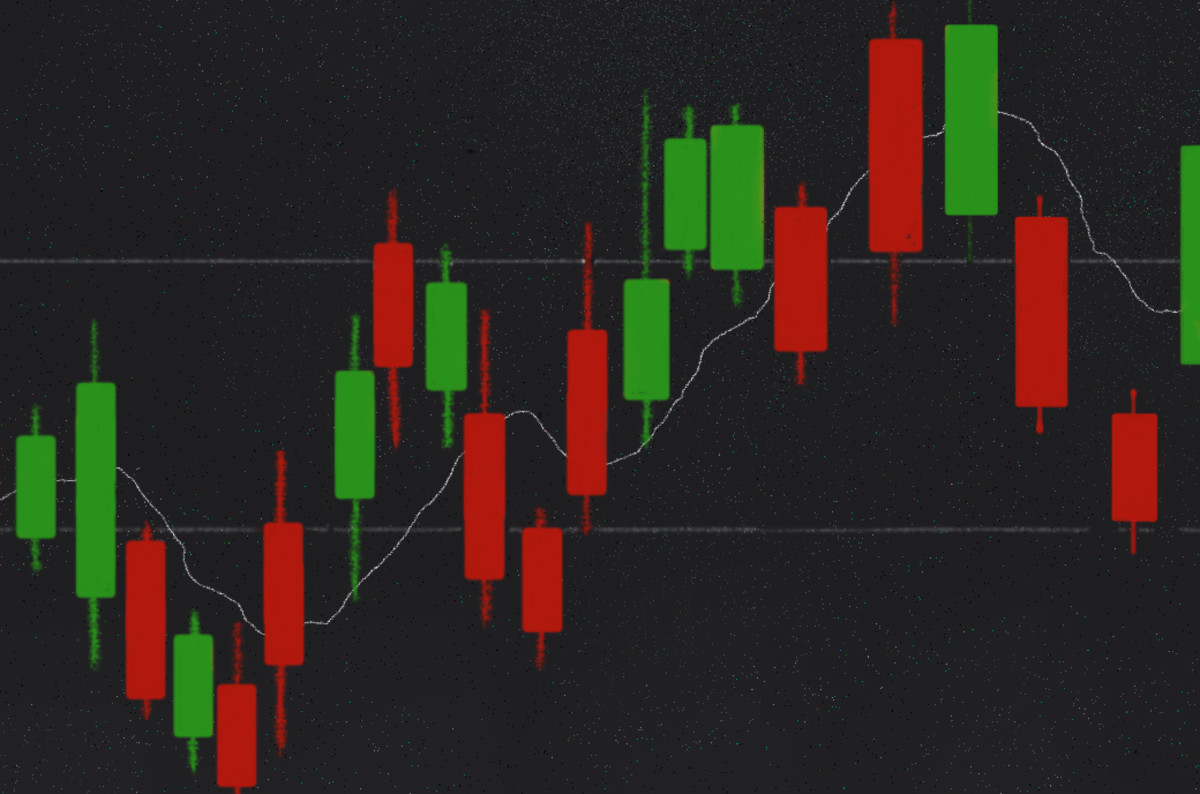They say that the simplest way to beat the system is through emotionless investments. The irony, however, is that there is no form of investment in which emotions are not involved.
If you have ever been part of the Bitcoin community, you are unaware of price predictions ranging from zero to hundreds of millions of dollars. Although very few of these predictions are supported by technical analysis, most of them are just assumptions driven by people’s feelings at different times.
As cryptocurrencies are becoming more popular with each passing day, companies as big as Tesla are getting on the Bitcoin train and investing billions of dollars. The bulls are running, pouring huge amounts of capital into bitcoin. But if you want to be successful, not just in bitcoins, but in any form of investment, the first rule is to zoom out.





